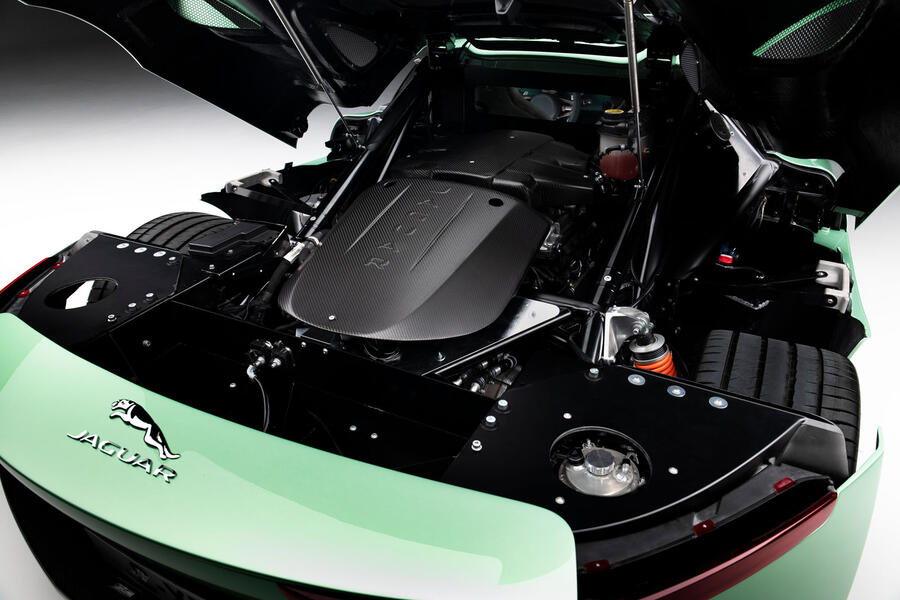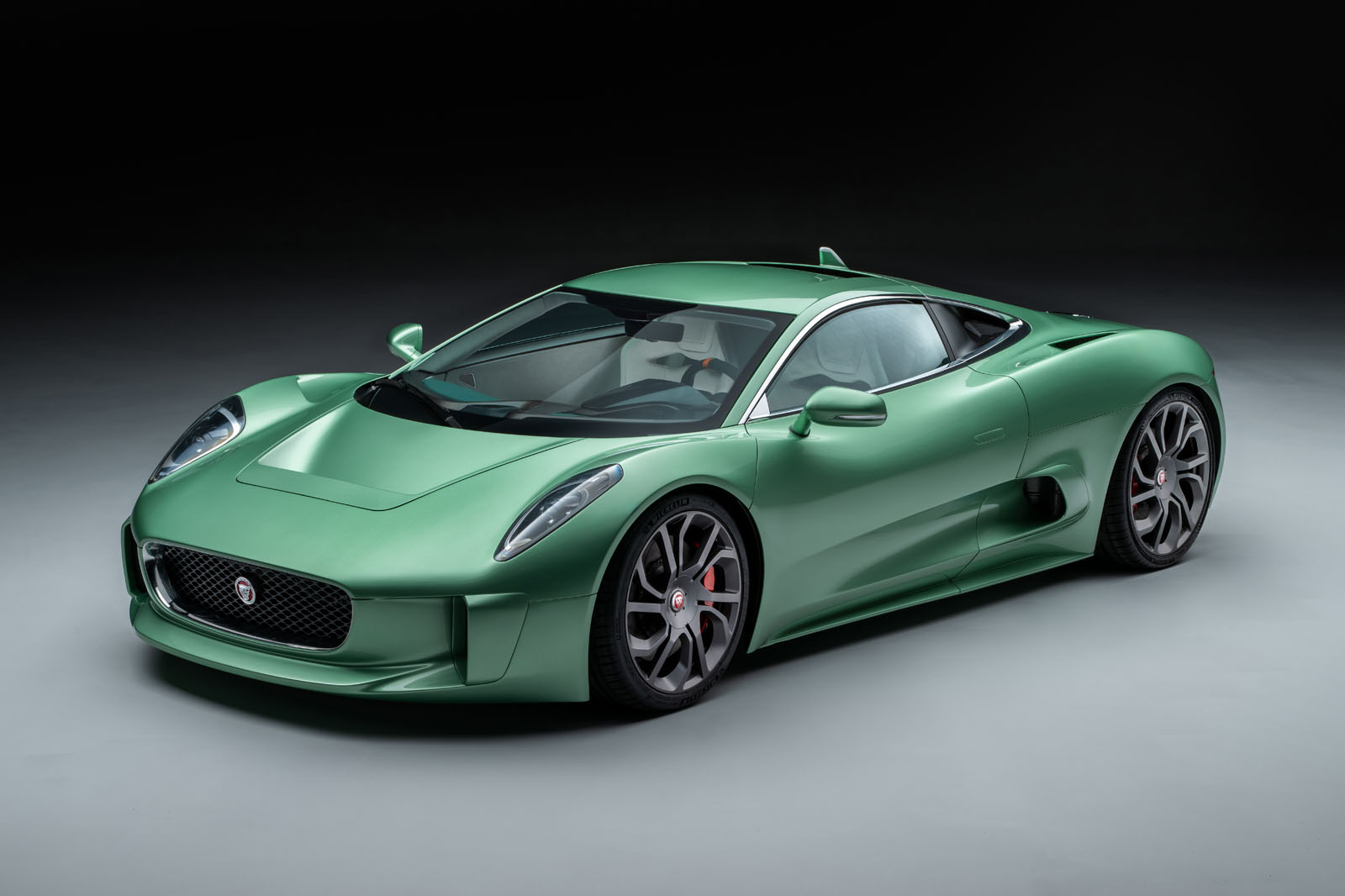Ian Callum’s self-named design and engineering consultancy has built a second road-legal Jaguar C-X75, described as the “satisfying conclusion” for “the one that got away”.
The C-X75, designed by Callum, was unveiled at the 2010 Paris motor show and signed off for production in May 2011. However, it was axed the following year, owing to the global economic downturn.
It went on to star in 2015 James Bond film Spectre, as the signature car of villain Mr Hinx. Several stunt cars were built by Williams Advanced Engineering, using a tubular spaceframe chassis and a supercharged 5.0-litre V8 – rather than the twincharged and hybridised 1.6-litre four-cylinder the supercar was originally set to use.
A number of those cars ended up in the hands of collectors and, earlier this year, the Callum consultancy unveiled one such example that it had modified to pass individual vehicle approval for use on the open road.
It has now followed this with a one-of-a-kind commission that goes even further, restoring much of the functionality that the C-X75 would have had if it made it to production.
For example, Callum has developed its own control electronics and software for the car, meaning it now has two drive modes: one focused on road use and the other for the track, uncorking the exhaust, sharpening gearchanges and improving throttle response.
It has also developed an active aerodynamics package that’s said to improve stability above 37mph (60kph), with an airbrake to help with hard stops.
It added a hydraulic nose lifter to help with navigating speed bumps and potholes at low speeds, and the supercharged V8 is now mated to a modern seven-speed dual-clutch gearbox.

The bodywork was repainted Willow Green and then realigned to minimise panel gaps, while the rear lights were modified to improve light diffusion.
Inside, the barebones cabin from the original stunt car has been swapped for an all-new set-up resembling that of the Bugatti Chiron and Tourbillon. Three small touchscreens (with Apple CarPlay connectivity and integrated dial controls) are stacked vertically along the centre console, and critical controls (such as the ignition button) are placed on a roof-mounted console.

